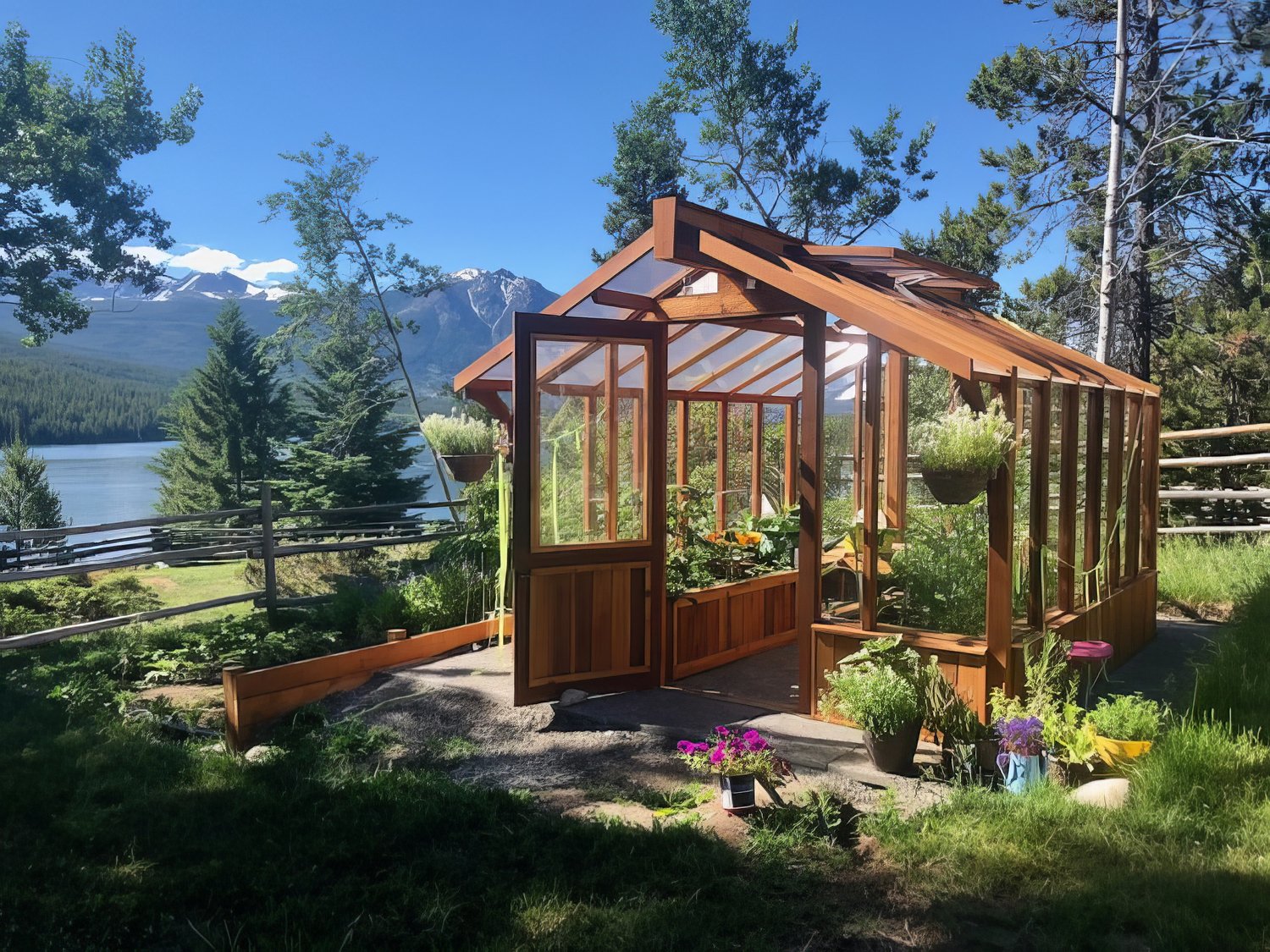The Future of Greenhouses: Innovations in Sustainable Agriculture
Are you interested about the future of greenhouses and how they are changing lasting agriculture? From sophisticated climate control systems to upright farming strategies, water-efficient watering approaches, renewable power integration, and clever information analytics, these advancements are changing the way we grow our food.
Advanced Climate Control Systems
To attain ideal expanding problems, you can rely upon the advancements in greenhouses with innovative climate control systems. These systems have changed the way we grow crops, giving a regulated atmosphere that is favorable to plant development. With these innovative systems, you can now control temperature, moisture, light levels, and also CO2 concentrations to create the perfect problems for your plants to prosper.
Among the vital functions of these innovative climate control systems is their capacity to control temperature. By using sensors and automated controls, the greenhouse can readjust the temperature level based upon the certain demands of the plants. This ensures that they are never exposed to extreme warm or cold, which can be damaging to their growth.
Humidity control is one more crucial facet of these systems. By keeping the excellent moisture degrees, you can stop problems such as mold and mildew, mold, and illness from influencing your crops. These systems can also manage the quantity of light that gets to the plants, making sure that they get the optimum amount for photosynthesis.
Moreover, progressed environment control systems can also manipulate CO2 focus. By enhancing the degrees of carbon dioxide in the greenhouse, you can enhance plant growth and performance. This is particularly useful in areas with low all-natural CO2 degrees.
Vertical Farming Methods
One important upright farming technique is using piled growing systems. Stacked expanding systems are frequently made use of in metropolitan areas where space is restricted.
One prominent method is known as upright hydroponics, where plants are grown in nutrient-rich water without soil. This method is very efficient as it minimizes water use by approximately 90% compared to conventional farming methods. Furthermore, since the plants are grown indoors, they are safeguarded from insects and illness, reducing the demand for chemicals.
An additional strategy is aeroponics, which includes suspending the plant origins in a haze or air setting. This method permits for optimum nutrient absorption and oxygenation, leading to faster development and higher yields. Aeroponics also makes use of less water than traditional farming and can be executed in vertical systems, making it a prominent choice for upright farming.
Water-efficient Watering Techniques
Taking full advantage of water preservation is necessary when it pertains to applying water-efficient watering approaches in lasting agriculture. With international water scarcity ending up being a pressing issue, it is crucial to create ingenious techniques that enhance water use in greenhouse procedures.
One promising approach is drip irrigation, which delivers water directly to the plant roots, reducing waste and evaporation. By utilizing a network of tubes with tiny emitters, water is used gradually and precisely, making certain that plants receive the required wetness without excess drainage.
One more efficient method is using dirt moisture sensors. These gadgets measure the wetness material in the dirt and give real-time information to farmers. By monitoring the soil's dampness degrees, farmers can precisely figure out when and just how much water to apply, stopping over-irrigation.
Furthermore, the application of rain harvesting systems is acquiring popularity in greenhouse agriculture. Accumulating rain from rooftops and storing it in tanks permits farmers to utilize this natural source for irrigation functions, minimizing reliance on conventional water sources.
Finally, the fostering of automated watering systems can dramatically improve water effectiveness. These systems utilize sensors to discover soil moisture degrees and weather condition conditions, changing watering timetables as necessary. By optimizing water usage based on actual plant needs, these systems can reduce water waste and promote sustainable farming methods.
Renewable Energy Integration
Eco-friendly energy integration in greenhouses provides several advantages, including decreased running prices and lowered reliance on non-renewable power sources. The generated power can after that be made use of to run numerous procedures within the greenhouse, such as lighting, heating, and air flow systems. These wind turbines harness wind power and convert it into electricity, which can be made use of to supplement the power requirements of the greenhouse.
Smart Information Analytics and Automation
To improve the performance of your greenhouse operations and enhance resource use, think about carrying out clever data analytics and automation. Smart data analytics involves accumulating and analyzing data from different sensing units and tools within your greenhouse. By checking aspects such as temperature, humidity, light levels, and dirt wetness, you can obtain valuable insights right into the wellness and development of your plants. This information can aid you make informed choices concerning changing ecological problems, enhancing watering schedules, and avoiding potential issues before they develop.
Automation, on the other hand, involves making use of innovation to automate tasks that were formerly done manually. This can include automating the control of lighting, air flow, watering systems, and nutrient delivery. By automating these procedures, you can make sure that your plants get the appropriate problems and nutrients at the correct time, without the need for consistent hand-operated treatment. This not just saves you time and initiative but additionally lowers the risk of human error.
Furthermore, smart information analytics and automation can function together synergistically. The information gathered by sensors can be utilized to notify automated systems, allowing them to make Monarch Commercial Greenhouse Utah real-time changes based upon the existing conditions. This combination of data analytics and automation can cause much more exact and reliable source allowance, eventually causing greater returns and better plant top quality.
Final Thought
In verdict, the future of greenhouses in lasting farming looks appealing. With sophisticated climate control systems, upright farming strategies, water-efficient irrigation approaches, and renewable energy combination, greenhouses are ending up being more eco friendly and efficient.

By optimizing water usage based on actual plant needs, these systems can minimize water waste and promote lasting farming practices.
